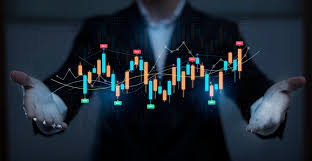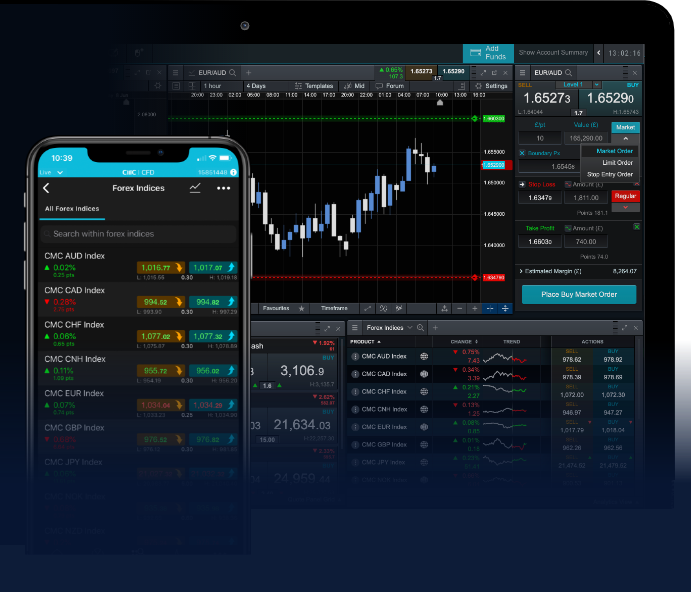
How to Start Forex Trading: A Comprehensive Guide for Beginners
If you’re interested in how to start forex trading, you’re not alone. The foreign exchange market attracts millions of potential traders worldwide, thanks to its promise of financial freedom and the potential for high returns. However, without proper knowledge and preparation, diving into forex trading can be risky. In this article, we will walk you through the essential steps to help you get started. We will also refer to various resources and strategies that can enhance your trading experience, including how to start forex trading Forex Brokers in Argentina.
What is Forex Trading?
The foreign exchange market, or forex, is where currencies are traded. Forex trading is the act of buying one currency while selling another simultaneously, making it a global decentralized market that operates 24 hours a day. Traders make money by speculating on the price movements of currency pairs. Understanding how forex trading works is the first step in your journey.
The Basics of Forex Trading
Before you start trading, you need to familiarize yourself with some basic terminology. Here are a few fundamental concepts:
- Currency Pairs: In forex trading, currencies are quoted in pairs, such as EUR/USD or GBP/JPY. The first currency is the base currency, and the second is the quote currency.
- Pips: A pip is the smallest price move that a given exchange rate can make based on market convention. Understanding how to measure pips is essential for calculating your profit or loss.
- Leverage: This allows traders to control larger positions than their initial investment. While it can amplify profits, it can also increase losses significantly.
- Spread: This is the difference between the bid and ask price of a currency pair. It’s essentially the cost of trading.
Step 1: Choose a Reliable Forex Broker
The first crucial step is finding a reputable forex broker. A good broker will provide you with the tools and resources necessary for trading efficiently. Factors to consider when choosing a forex broker include:
- Regulation: Ensure the broker is regulated by a recognized authority in your country or region.
- Trading Platform: Look for an easy-to-use trading platform with the necessary features for your trading style.
- Account Types: Consider what type of accounts they offer, including demo accounts which allow you to practice without risking real money.
- Educational Resources: Some brokers provide educational tools and resources that can help you understand trading better.
Step 2: Open a Trading Account
Once you’ve chosen a broker, the next step is to open a trading account. Most brokers offer several account types to cater to different skill levels and investment amounts. A demo account is highly recommended for beginners, allowing you to practice trading with virtual funds before committing real money.
Step 3: Develop a Trading Strategy
A trading strategy is crucial to your success in forex trading. Your strategy should outline your entry and exit points, risk management rules, and the analysis techniques you’ll use. Here are some popular strategies:

- Day Trading: This involves making trades within the same day, closing all positions before the market closes.
- Scalping: A short-term strategy that aims to exploit small price gaps that are usually created by order flows or spreads.
- Swing Trading: A medium-term approach, holding trades from a few days to several weeks.
- Position Trading: A long-term trading strategy that involves holding positions for several months or even years.
Step 4: Learn Technical and Fundamental Analysis
Understanding technical and fundamental analysis is key to maximizing your trading success. Technical analysis focuses on price charts and past market data to forecast future price movements, while fundamental analysis involves evaluating economic indicators, news releases, and other factors that can affect currency prices.
Technical Analysis
Learn to read charts using tools like moving averages, RSI, and Fibonacci retracement. Understanding trends, support, and resistance levels will help you make more informed trading decisions.
Fundamental Analysis
Keep an eye on economic indicators such as GDP, employment rates, and interest rates. Reports and news releases can cause significant market fluctuations, so it’s essential to stay updated.
Step 5: Manage Your Risk
Risk management is perhaps the most crucial aspect of trading. Without proper risk management, even the best strategies can lead to significant losses. Here are some tips:
- Use Stop-loss Orders: Implementing stop-loss orders helps you limit your losses on a trade.
- Risk Only What You Can Afford to Lose: Avoid over-leveraging your trades and risking more than you can afford to lose.
- Diversify Your Portfolio: Spread your investments across different currency pairs to mitigate risk.
Step 6: Keep Learning and Practicing
Forex trading is a constantly evolving field, and to stay competitive, you must continuously learn and adapt. Take advantage of educational resources, attend webinars, and join trading communities to share insights and strategies with fellow traders.
Conclusion
Starting your forex trading journey can be both exciting and daunting. By equipping yourself with the knowledge of how forex operates, choosing a reliable broker, developing a solid trading strategy, and practicing strong risk management, you can set yourself up for success. Remember that trading requires patience and discipline, and it’s essential to stay informed and adaptable in this dynamic market. With dedication and practice, you can become a successful forex trader.
